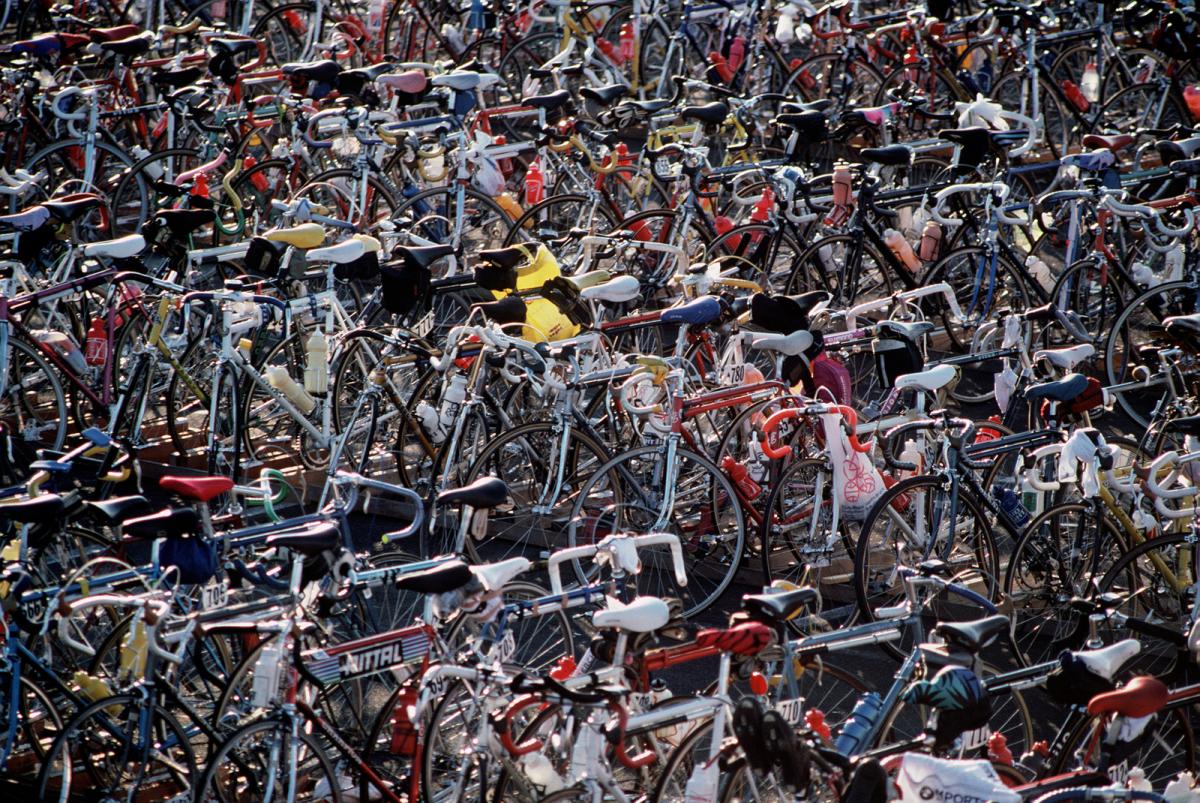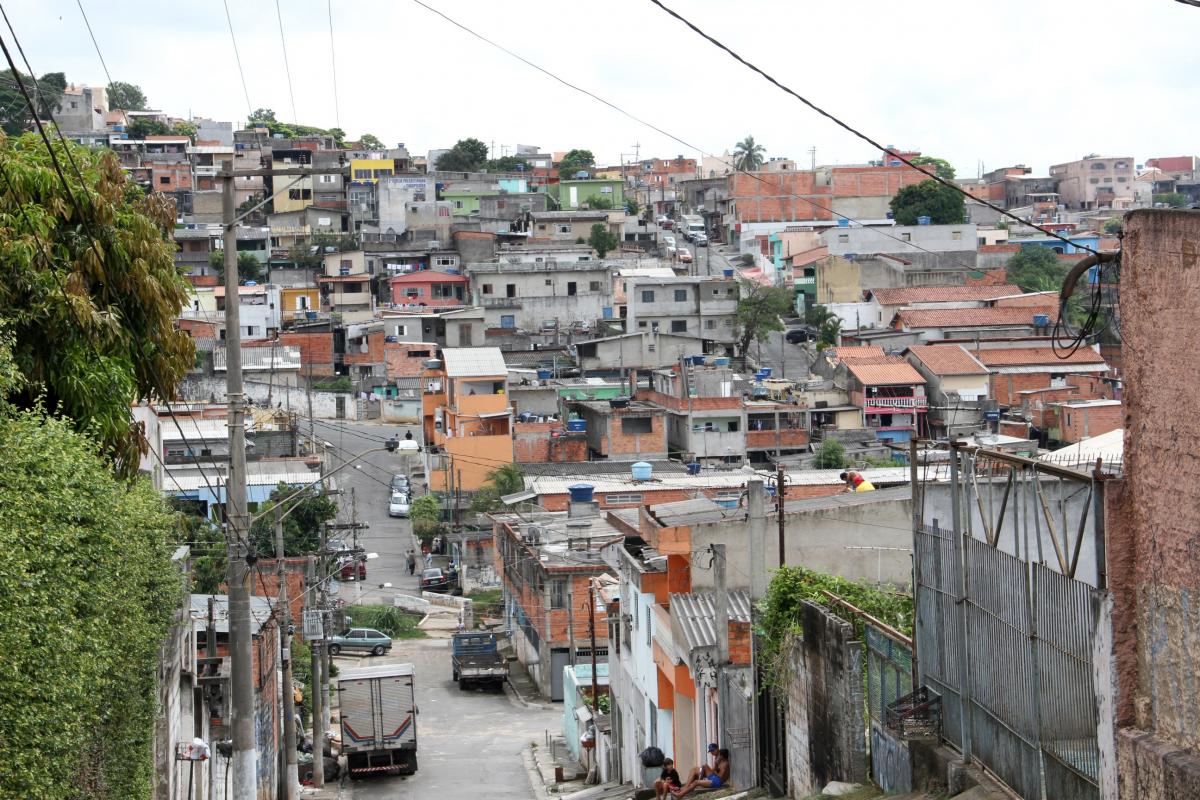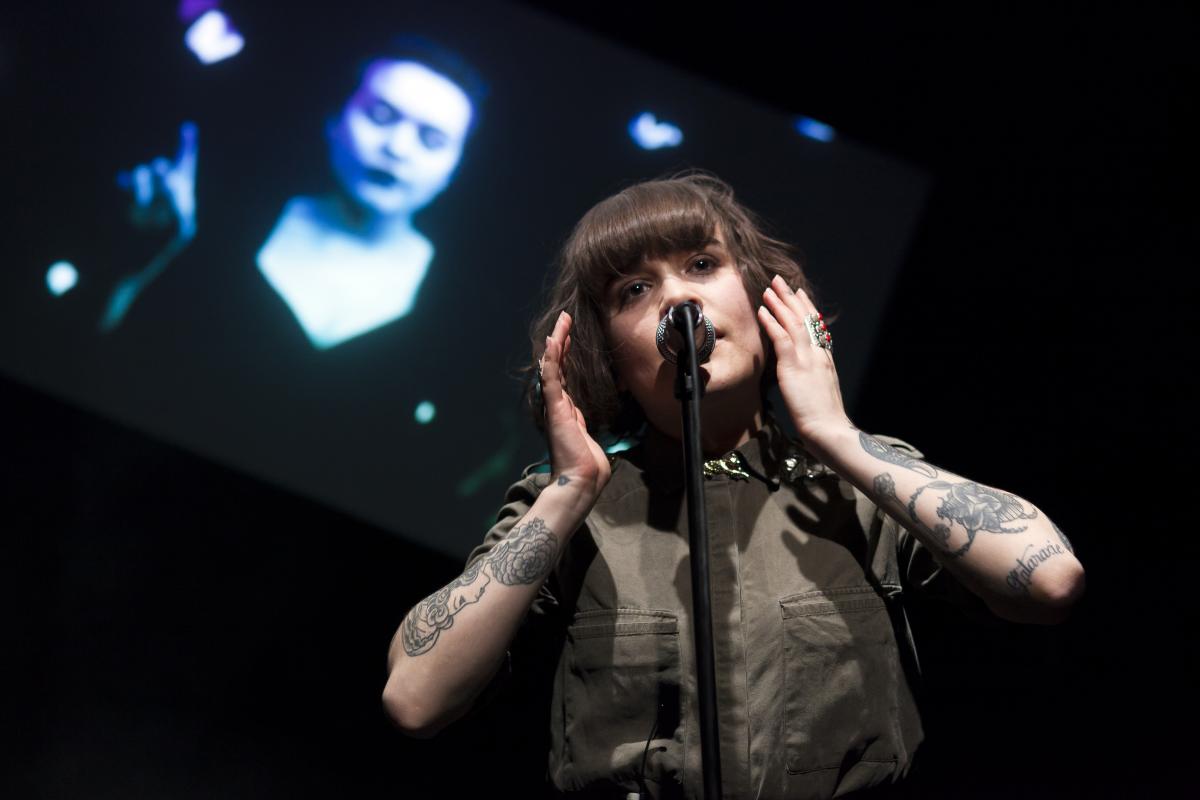
Kadebostany and the Magic of Art
Kadebostany from Geneva is receiving a lot of attention lately. Their second album «Pop Collection» is out, and they are nominated for «Best Live Act» and «Best Talent National» at the Swiss Music Awards 2014. The audio-visual pop projects uses melodies from southern Spain and images of militarism to create playful earworm tracks and videos – for example in their video «Walking with a Ghost» that won the award «Best Swiss Music Clip» 2012, and was watched over 1.5 million times via YouTube and Vimeo. In this interview Norient keeps asking Kadebostan – president of Kadebostany – and singer Amina about the ways Kadebostany translates these and other references into their music. After the interview, the band gave an amazing live show at Dachstock in Reitschule Bern.
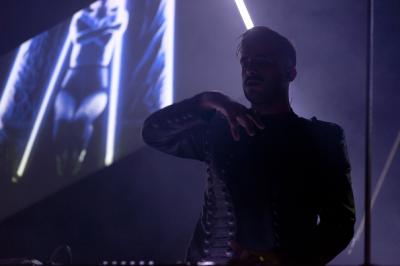
[Thomas Burkhalter]: I’m currently asking a variety of bands about how they translate references from one context to the other. What are from your perspective the main musical references that you put into Kadebostany pop music?
[Kadebostan]: I get inspiration from everything. I’m actually quite happy right now because I’m able to keep more and more things in my head. I just take a melody, play it on the piano, and transform it into my music. But I’m not so much influenced by the music that I’m listening right now. It’s more open than that.
[TB]: Music from southern Spain seems one main influence?
[K]: I’m very sensitive. After watching a sad movie I feel depressed for three days. And I then translate these feelings into music. It is not that I listen to Flamenco and then I do a Flamenco song. I try to be in contact with as much art as possible, and then I get my ideas – in a period of digestion. I’m lucky and thankful to have this ability of creating melody from almost nothing.
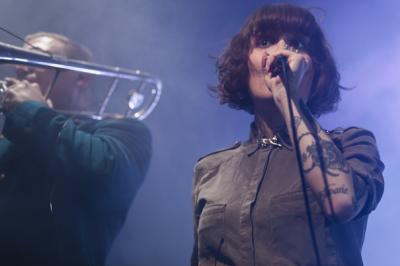
[TB]: How about images and symbols? You use images of militarism, power, maybe even fascism in your videos and live performances. How important is what these images stand for in history and politics?
[K]: I think these images come from my head, but it’s not clear. The uniforms that we wear are not about a political idea – to make this clear. There are a lot of different reasons why we use it. The main reason is that when we created the Kadebostany nation we wanted to represent this nation. The French have the Republican Guard. They have uniforms. Every country has its own marching band, and they wear uniform, that's all. I like the aesthetics of our uniforms. When we go on stage people look at us and they are like «oh, what’s that?» Music is about performance too, the visual is important. It’s no problem if you wear a Hawaiian shirt on stage, it’s ok, but please make a decision, choose and use it for your art. The theatrical side of a performance is very important to me. Also, when I leave my house in the morning, I never put random street wear. I wear a dress that I like – I even dress up for my dog. It’s my way of being and living.
[TB]: Amina, in «Walking with a ghost» you sing a melody from Christian Saeta singing in Southern Spain. Saeta is a form of prayer, sung in Spanish Easter parade. Is this origin of the Saeta in any way important to you?
[Amina]: For me stories are more important than references. When I write lyrics, I don’t think about any kind of music, I think about a story. And sometimes it is funny. I write lyrics with someone in my mind, and then I meet this person. It happened yesterday, I wrote the lyrics of «Palabras». It’s about an old woman. She is getting old and nobody likes her anymore. But she still feels very young in her heart. And yesterday, I saw this women, and I told her that she looks beautiful. She was eighty years old. She came and talked to me, and I was like, “fuck, that’s her”. So yesterday when I was singing this song I was thinking about her. So I think it’s magic.
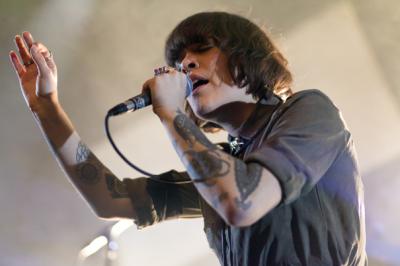
Video not available anymore.
[TB]: In Saeta women stand on a balcony. The address god and sing of life as something difficult. Does this original context has any influence on the music and lyrics of «Walking with a Ghost»?
[K]: We are the opposite of specialists. We work with a lot of references, and we use them to explain our idea and vision. But it is not about knowing the stories behind these references. [A]: When wrote the lyrics of «Walking with a Ghost» I did not know where the music came from. I discovered it later, and I think it matches well. My lyrics are about sorrow as well.
[TB]: Yes, I thought so too.
[K]: When you create art with a lot of passion it is not about mixing elements. It is about the magic that happens when one person meets another and they create something new. Its this magic moment of creation.
[TB]: Joan Manuel Serrat used a Saeta melody in the early 1970s, in a song opposing the Franco regime in Spain. It's this Saeta melody that we now find in «Walking with the Ghost». Did you know about Joan Manuel Serrat and the politics of his song?
[K]: To be honest, I actually know a lot of things about that. I believe that in life everything is linked, from the past from the present and from the future. It’s a very French believe, I’m not the only one thinking like this. I don’t want to go very deep into that specific example because I think that’s the power of creation and art: Something from the past can sound completely new and fit perfectly within that very moment. That's the magic of art.
[TB]: Still, you seem to know more about the references you use than you say. Is ignoring the original contexts of references also a little bit about teasing or even provoking – when we think of the military uniforms for example.
[K]: No, Kadebostany is about creation and about magical moments. That is what I’m interested in. My work, my life is dedicated to create emotion. There is no political provocation. Just sometimes, yes, I like to be a little bit provocative and to push things a bit too much. I’m the kind of person that if you tell me don’t say that I will say it. I think life is very short and if I perform in front of an audience I do the things the way I want.
[TB]: Do journalists ask these questions about references sometimes? Are you criticized for example for working with images of militarism and power – I heard such critique when I played your music to pop journalists in Germany.
[K]: No, we never felt that actually. Sometimes people ask what the uniforms are about, and then we say, we are musicians. We don’t fight for political reasons or something like that. We just work with these images. Don’t try to make it bigger than it is. We are not like this band from Slovenia, what is their name?
[TB]: Laibach [new Laibach album Spectre out on 3.3.2014 on Mute]
[K]: Yes, sometimes people ask if we are like Laibach. No, we are not like them actually. They have a political agenda, we don’t. Our politics is to make music, and make people feel good. We want people to spend a great time with us. The main thing is the music. If the music is not good then the whole concept disappears anyway. It’s not that we spend little time on the music and a lot on the visual. The main thing is the music, and from there we create a whole universe.

Kadebostany on Norient
Read other Norient posts on Kadebostany here and here. And enjoy this podcast from 2012.
More Pictures from the Kadebostany Live Show in Dachstock, Bern (8.2.2014)
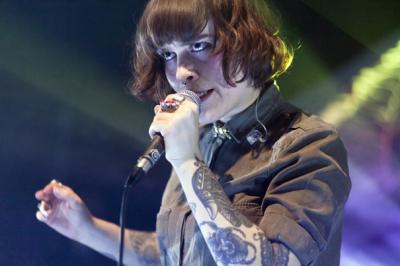
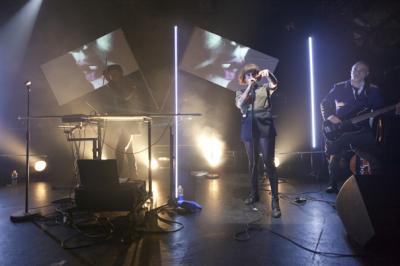
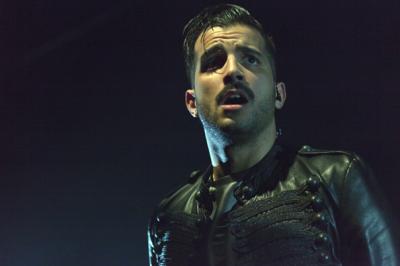
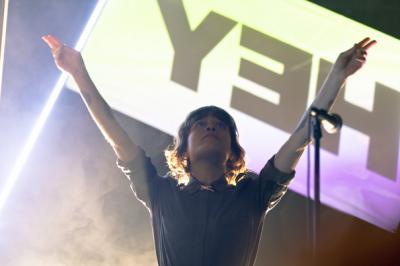
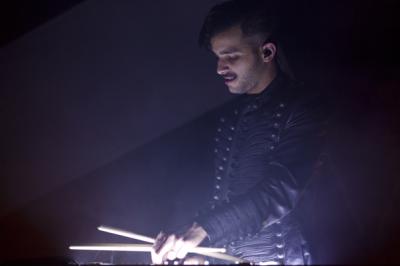
Biography
Published on February 26, 2014
Last updated on September 17, 2020
Topics
What’s the idea behind a traditional brass band from Vienna playing at 5 am in the morning? How does physical presence of artists affect the music they play?
